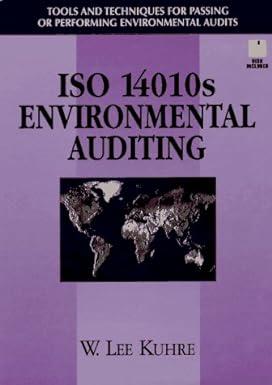Answered step by step
Verified Expert Solution
Question
1 Approved Answer
Reference Present Value of $1 Periods 1 2 1% 0.990 0.980 0.971 0.961 0.951 29 0.980 0.961 0.942 0.924 0.906 3% 0.971 0.943 0.915 0.888
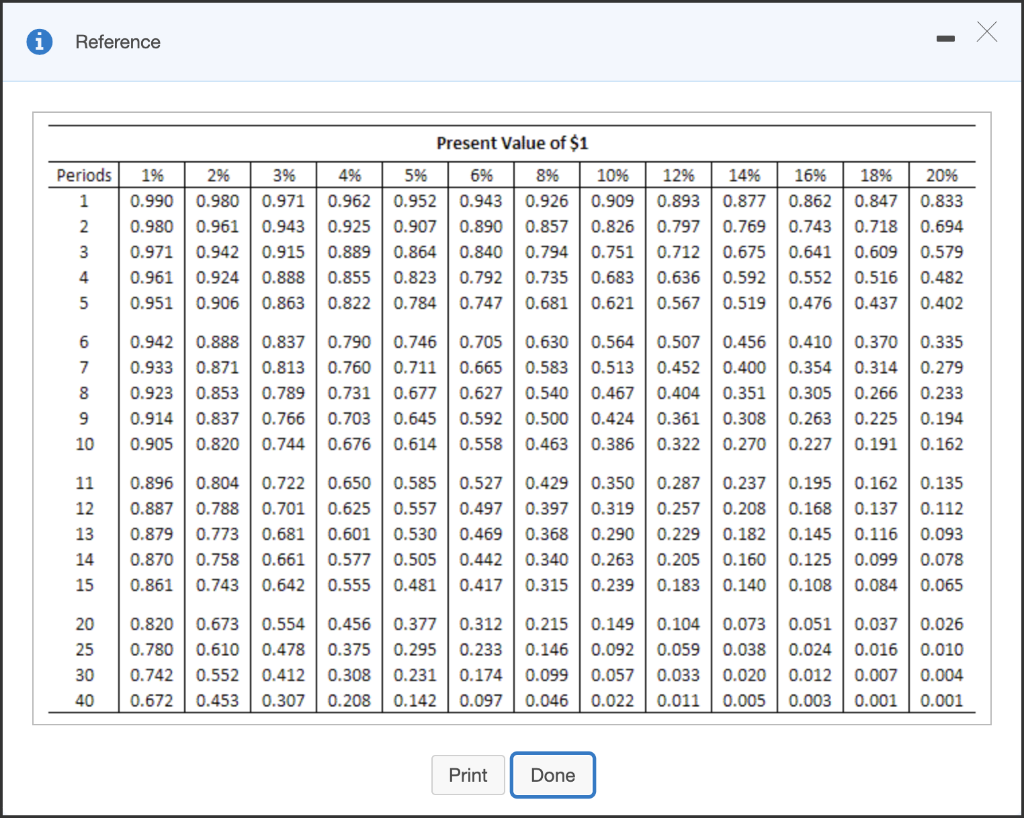
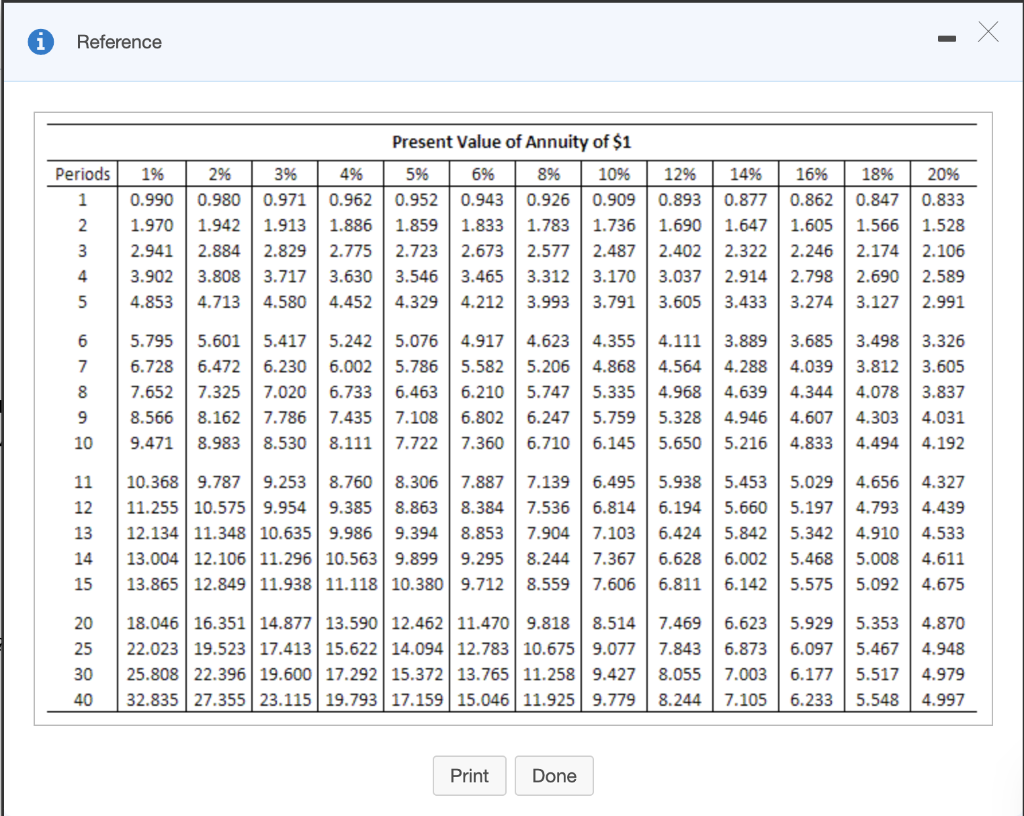
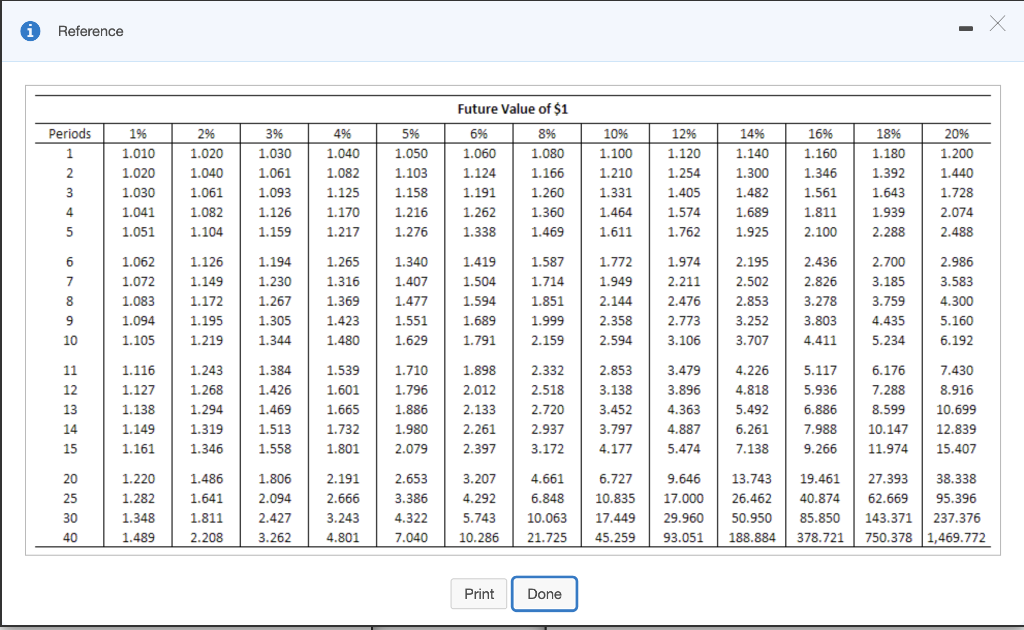
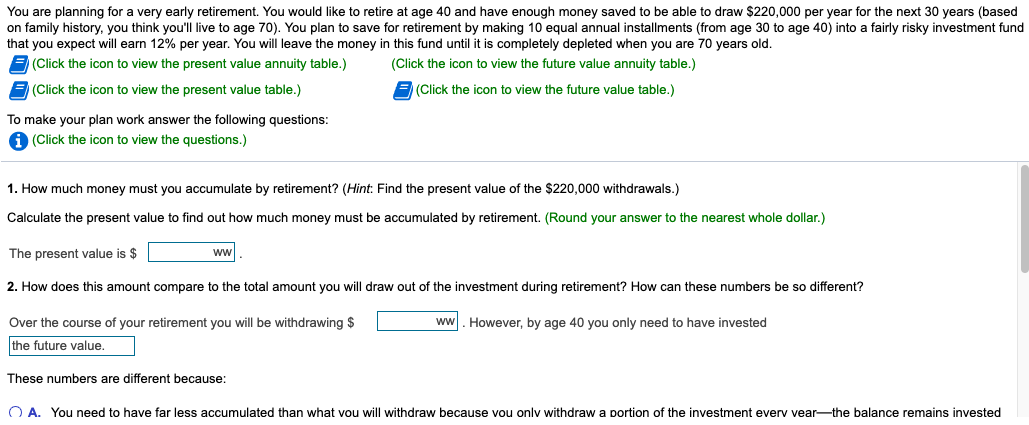
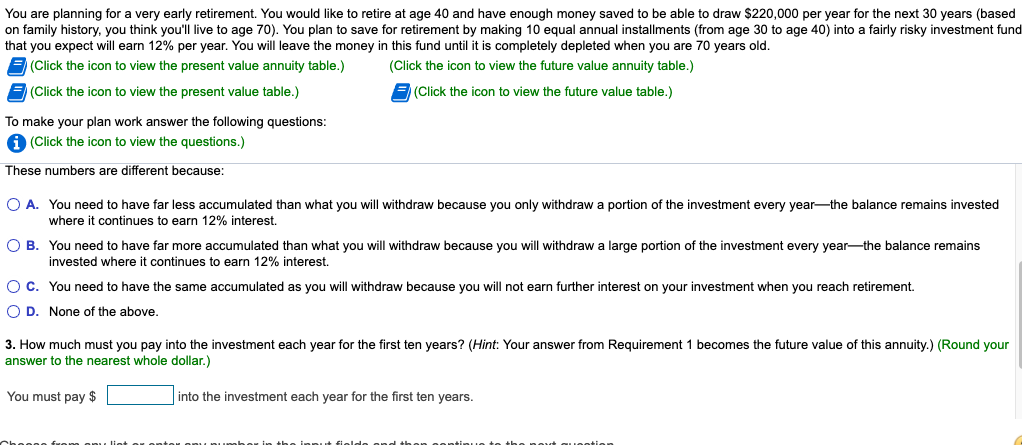
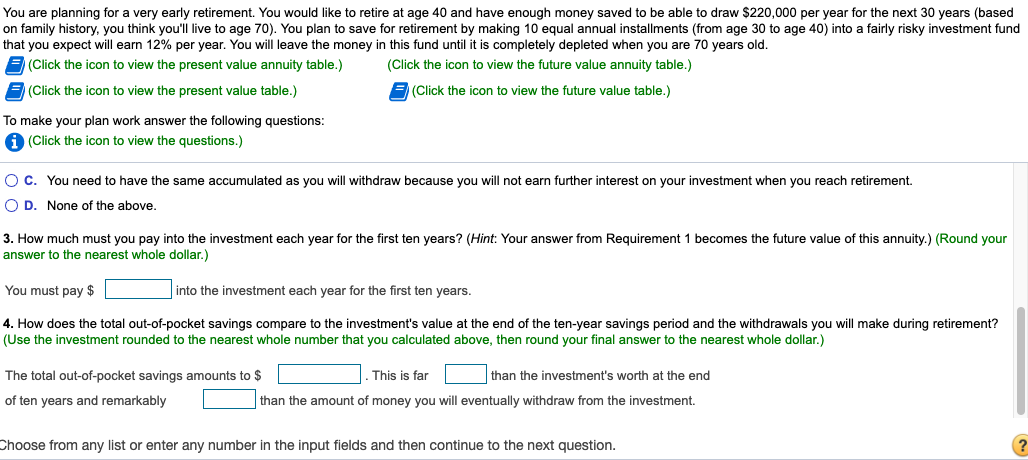
Step by Step Solution
There are 3 Steps involved in it
Step: 1

Get Instant Access to Expert-Tailored Solutions
See step-by-step solutions with expert insights and AI powered tools for academic success
Step: 2

Step: 3

Ace Your Homework with AI
Get the answers you need in no time with our AI-driven, step-by-step assistance
Get Started


